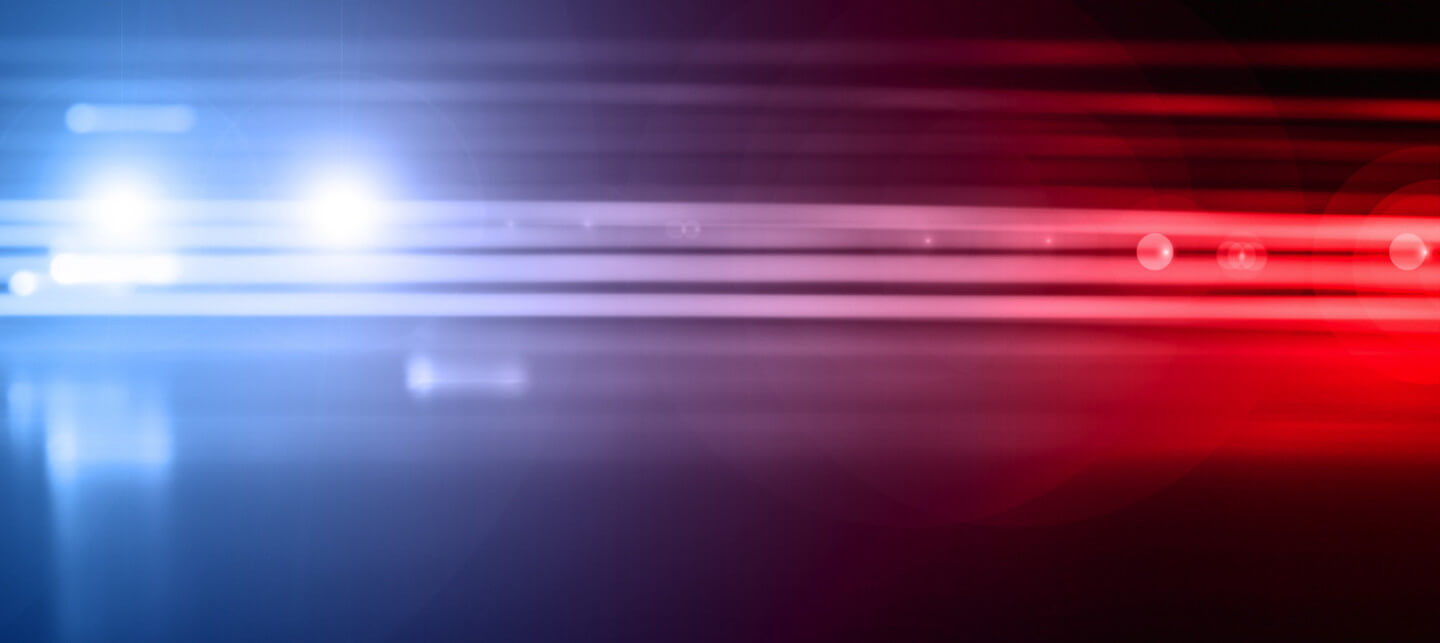In recent years, regulators and lawmakers have been caught off guard by quick-moving new technologies—3D printed guns, genetically modified glowing plants, new business models for sharing economy companies and drones.
As the pace of technological innovation accelerates, one of our biggest challenges is ensuring regulation and enforcement keep up with the development of new technologies in a way that balances both safety and expediently brings new technologies to market.
It may seem the solution lies in building larger external agencies to review and monitor an ever-increasing number of new technologies, or in streamlining the regulatory process—but a key part of the solution might actually rest in recognizing how technology can decrease the amount of regulation and enforcement needed.
Deloitte University Press recently published one of the first overviews on how rulemaking and enforcement are changing in an exponential era and ways regulation and enforcement can evolve. Many of their suggestions focused on better harnessing technology to improve the process.
For example, regulators can utilize online digital platforms to better capture citizen and market concerns when making rules rather than relying on slow and limited “town halls” or “notice and comment” processes which can take up to a year.
And while much of regulation enforcement today relies upon costly and timely inspections and attempts to monitor everyone for every possible violation, enforcers in the future could instead utilize open data, data sharing, improved data analytics and citizen reporting to more efficiently spot violations.
An interesting trend the report doesn’t cover, however, is how the next generation of technologies may not require as much enforcement because the rules and enforcement will actually be encoded into the software of the technological system.
Consider a future network of robotic cars.
If all cars are hooked up to a network, we will no longer need traffic signals, stop signs, traffic lanes, parking spots or as many police officers to manually enforce traffic laws. Much of the need for enforcement goes away, as these larger systems prevent accidents waiting to happen. Similar systems will exist for air travel and sea travel. (The weakness of such systems is that they are vulnerable to other problems such as hacking that can effect huge numbers of users at scale.)
Or consider healthcare.
As medical chips and devices are able to monitor reactions to pharmaceuticals, or future robotic pharmacies dispense prescriptions depending on live data collected from patients and their communities, we will have real-time data about the safety of medications. Not only does this help human doctors and pharmacists make quicker and safer personalized adjustments as needed, it also gives regulators data that may have previously taken months or years for them to gather.
Finally consider a company or industry that uses blockchain databases.
Given that the software ensures all transactions happen in a transparent way, automatic “inspections” will be happening all the time by everyone, and there will be less need for regulators to enforce through specific targeted inspections.
Reimagining regulation and rule enforcement is difficult because for decades entrepreneurs have had to build businesses around regulatory processes, not to mention spend enormous amounts of money clearing regulatory hurdles. But if one looks into the future a bit, we can see that even regulation itself will be disrupted.
What other technologies do you think might disrupt regulation and enforcement? Which new technologies will be the hardest to regulate?
Image Credit: Shutterstock.com
